Tonight (December 05, 2019) was the opening of the Porcupine Art Club‘s themed show “Sunlight and Shadows”, which is on display at the Timmins Museum: National Exhibition Centre for the duration of December.
I have been member of the club since 2009, and for this show, I entered two pieces, one of which is shown below. It is an 18″ X 24″ sun print on canvas titled Sunlit Memories of the Porcupine Art Club’s Tree – 2019. It is a literal lasting impression of a large maple tree that stood in front of the clubhouse building until late July of this year, when it was determined too large and risky to keep up on public property (the clubhouse resides in a municipal park).
Many visitors to the opening of “Sunlight and Shadows” were curious about how the image was made, and I will elaborate on the process here.

Note: At the time the description was submitted, the print was originally going to be in a glass frame, but as you will read below, that plan did not work out.
Sunday July 21st, 2019
Most of the technical work in making the print was done in the late afternoon/early evening of Sunday July 21st, 2019. Earlier on that day, the Porcupine Art Club had held its weekly Summer Sunday Open Studio, and we knew that later in the week, our tree would be cut down.
As the photograph below shows, the tree was very close to our building, as well as the power lines, and some point in the past, its branches had been cut away from the lines. The Porcupine Art Club is located in Roy Nicholson Park, which is at the intersection of Pine Street North and Eighth Avenue in Timmins.

I took some final snapshots and close-up pictures of the tree, and then decided to take a few of the leaves to use for making a sun print, using a Jacquard brand Solar Fast Dye Kit I had been experimenting with earlier in the summer. These dyes are intended primarily for fabric, but can also be used on a heavier paper, such as 140lb watercolour, which is the base of my print.
One thing that surprised me about the dye is that its viscosity is more of a thick syrup than a liquid. You have to essentially scrub-paint it on to your fabric/paper.
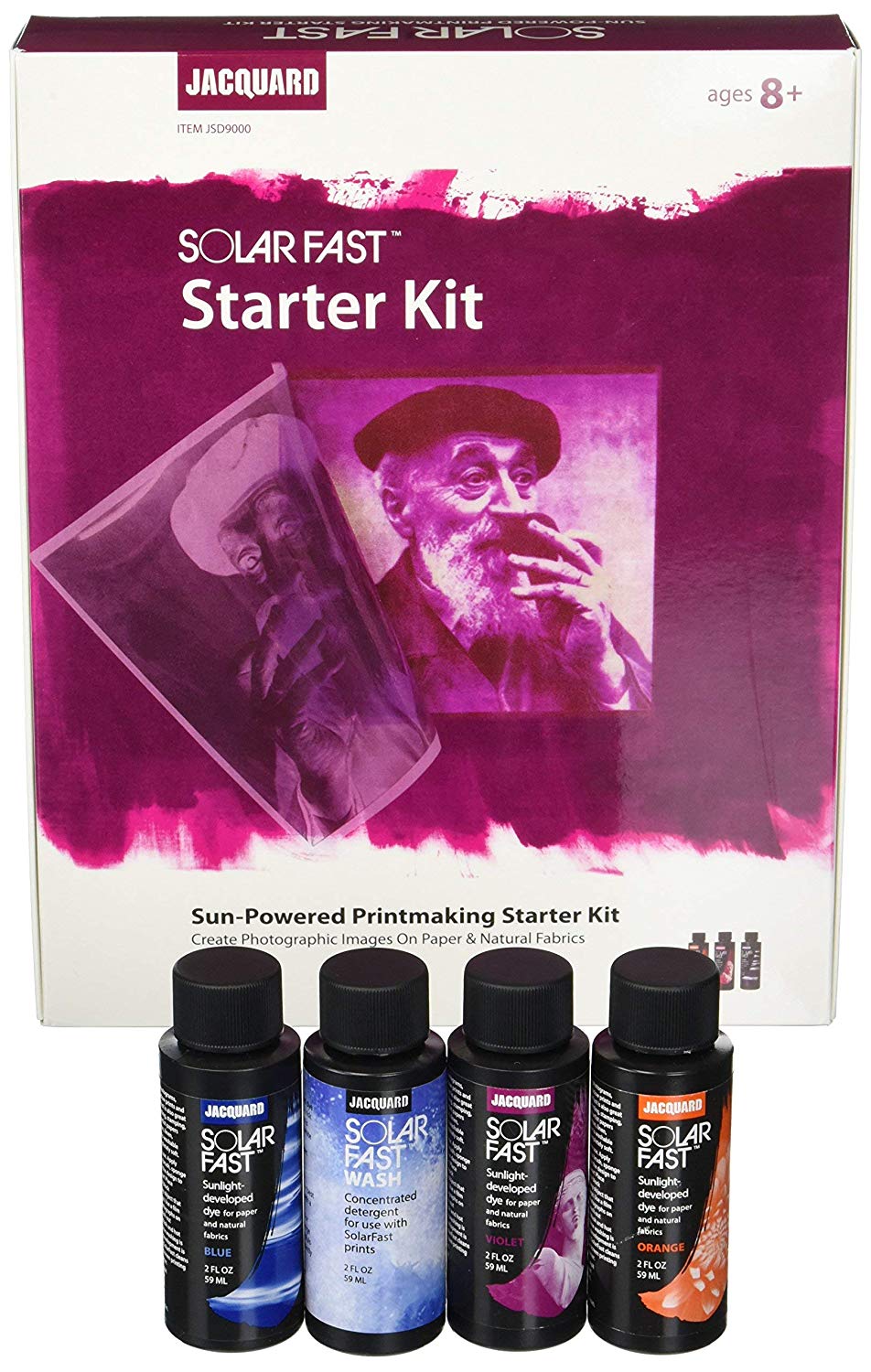
A kit like this retails about $30 to $35 Canadian at art supply stores, and can print on about 10 t-shirts.

A similar product is INKODYE, although it seems to be harder to find in art supply stores these days, but can be ordered online.
*Caution: If you decide to buy any liquid dyes on line, do not order them in winter, because they will likely end up frozen in transit, which can ruin them.
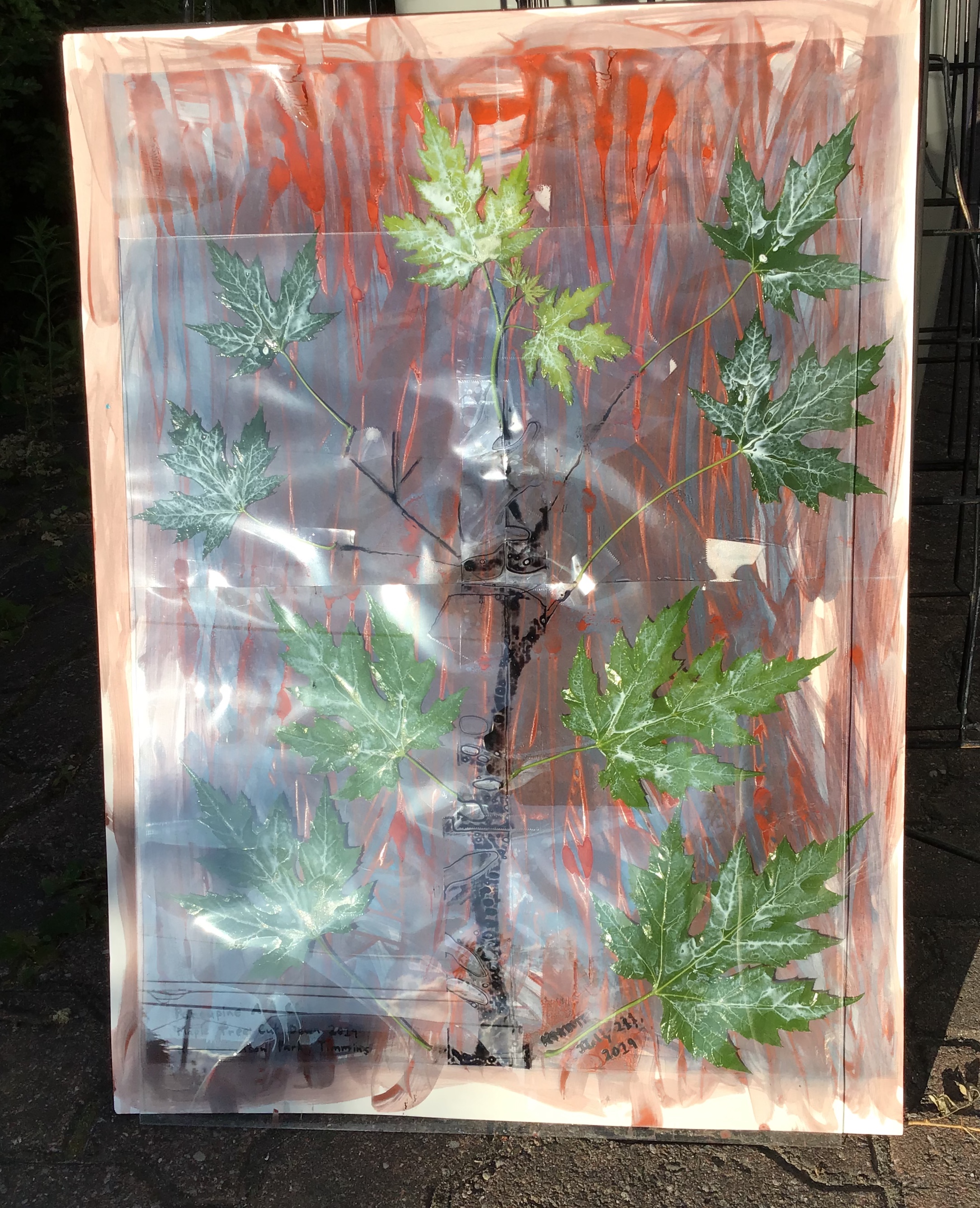
Since I had already experimented with the dye kit a few days earlier, and knew how it worked, I knew how I wanted to make the print. The biggest challenge with this medium is that it is a one-shot effort, and once the dye is exposed to sunlight, it starts to develop immediately. I have worked with black & white film processing and print-making, and from that experience, decided that the best approach was to create a positive plate with a composition of the leaves.
To make the plate, I used transparent tape to tack together four acetate overhead transparency films. The leaves were arranged in a pattern and glued flat, using Mod Podge. The Solar Fast Kit also included an opaque black marker for drawing on additional designs. I used that to draw in a tree trunk motif and thin twigs connecting to the leaves, as well as write in the date and a description of the image.
I prepared an 18″ X 24″ sheet of 140lb coldpress cotton rag watercolour paper in the dark in my basement. Since quite a bit of dye had been used up already, I decided to combine the contrasting remnants of orange and blue dyes on the paper. I poured out alternating pools of the dyes on the paper and smeared it around using small rectangle foam sponges that had been included in the kit, until most of the paper had been coated. I then set up the on the dye-coated surface, and covered up everything with a black garbage bag and took it outside. The paper was also resting on hard backing to keep it flat.
Once I was in position for optimal sunlight, I uncovered everything and placed a large sheet of glass on top to keep everything flat for about 20 minutes.
As the photograph above shows, the underside of the plate was quite moist from the wet glue and leaves, and in the sunlight, the black ink sweated, creating an interesting pattern of bubbles on the “tree trunk”.

Once the dyes had been exposed long enough, the plate was removed, and then I took the whole image back inside to wash in the laundry tub. The kit includes a special soap to help scrub off excess dye, and in order for the dye to set, it must be washed in hot water. At that stage, I had been a little too vigorous, and ended up tearing the paper in a few places.
I set everything back outside on a cardboard sheet covered with a garbage bag and let it dry out… and then I left it for a little over four months, not sure how to finish it off, or if it was worth the effort.

Late November, 2019
In the week leading up to Sunlight and Shadows, I realised I had a nice frame and matte that looked to fit the paper nicely. Except, when I took the frame apart, I realised the matte was exactly 18″ X 24″, which meant all the incomplete white edges would still show up.
Note: In the middle of all this, I decided the best way to patch up the torn paper was to tape it from the back, using inexpensive paper bandage tape, which I had bought for attaching strings when making papier-maché ornaments. The tears were also touched up with coloured pencils to blend them in better to the background.

At the proverbial eleventh hour, I took an 18″ X 24″ painting on canvas, which I knew I would not complete, and glued/laminated the print to the canvas. I then used more paper tape along the edges to make and border, and to force the print to stick to the canvas. After letting everything dry under a sheet of glass overnight, I painted the “frame”, using Artist’s Loft Pthalo blue. Everything was then sealed off using Liquitex Gloss Varnish. In the end, the sun print worked out much better than anticipated, and it has been quite the conversation piece.
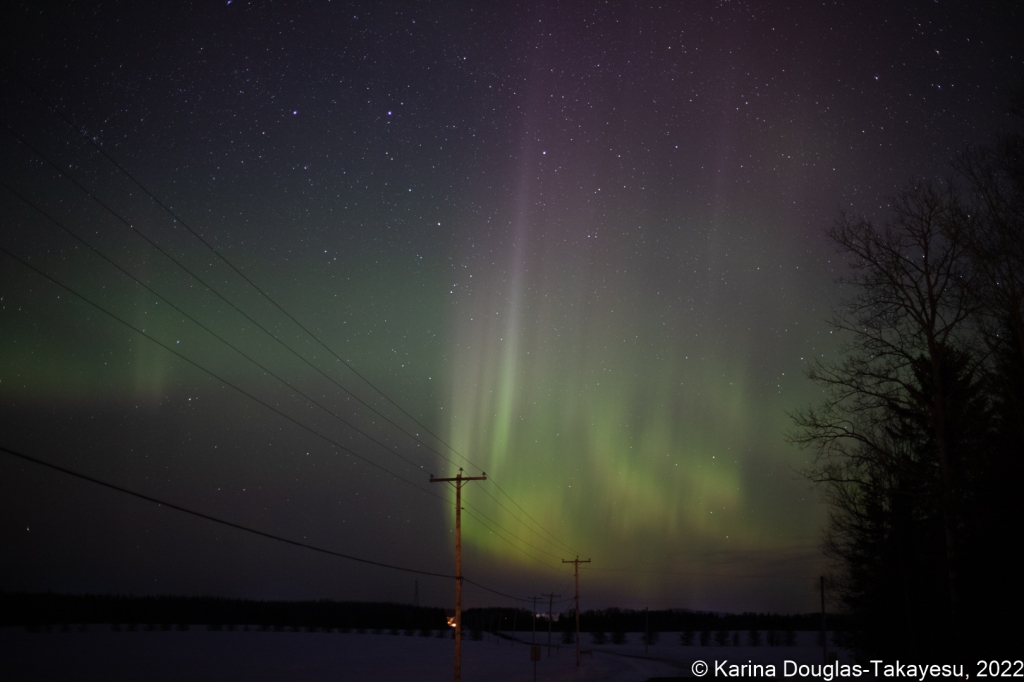

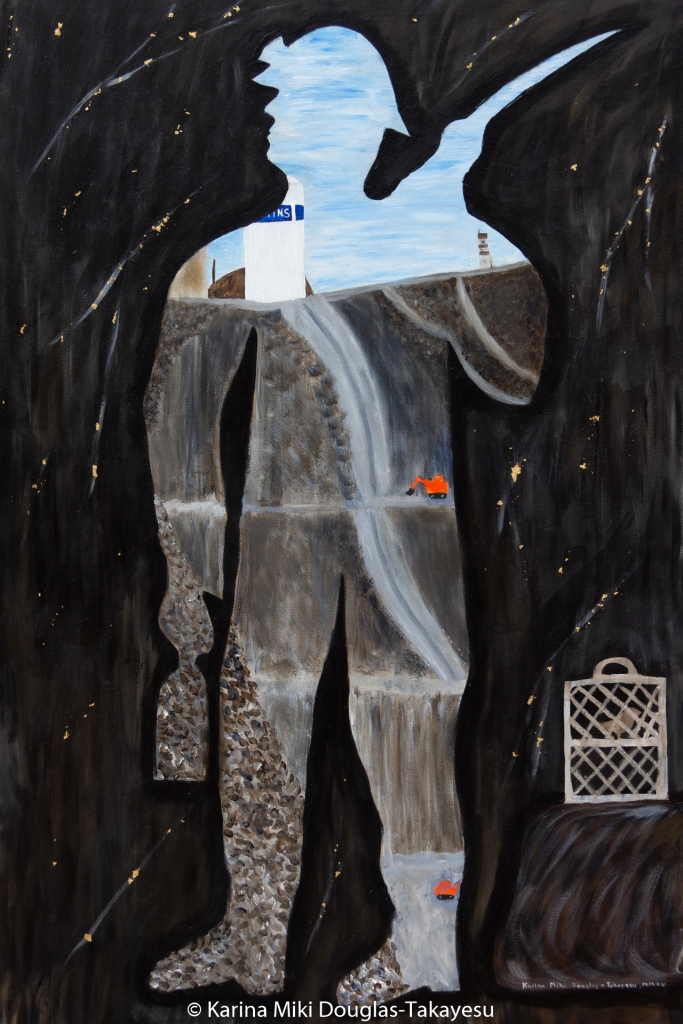
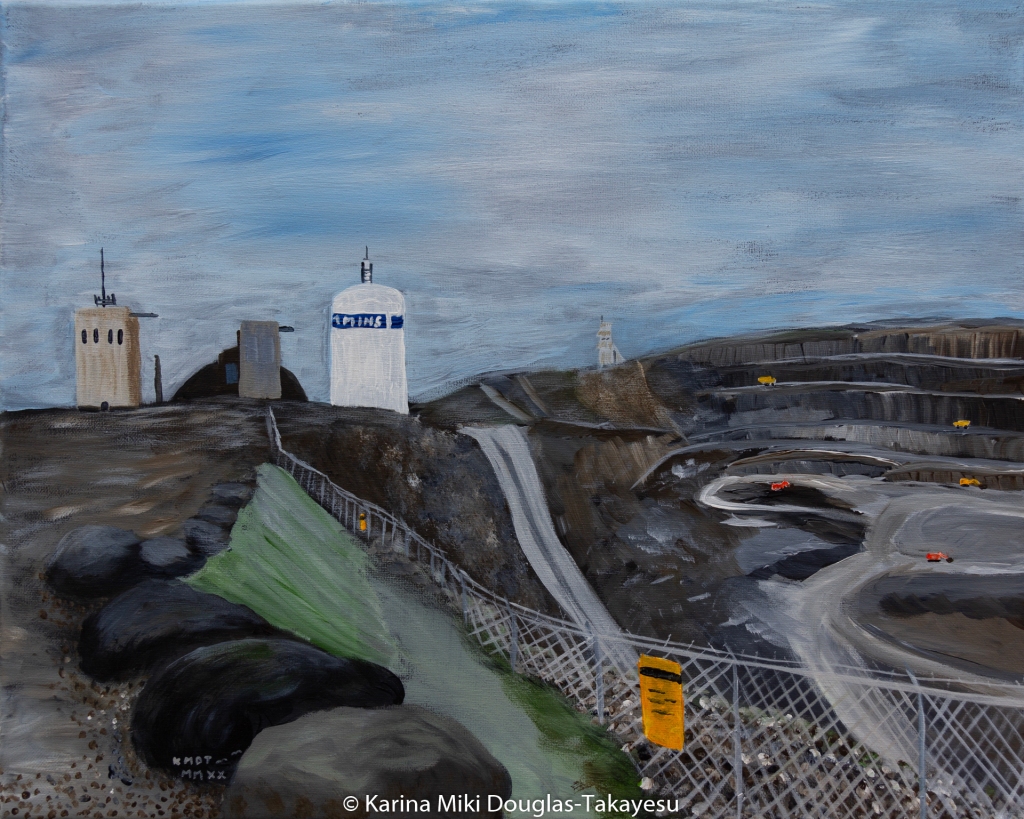





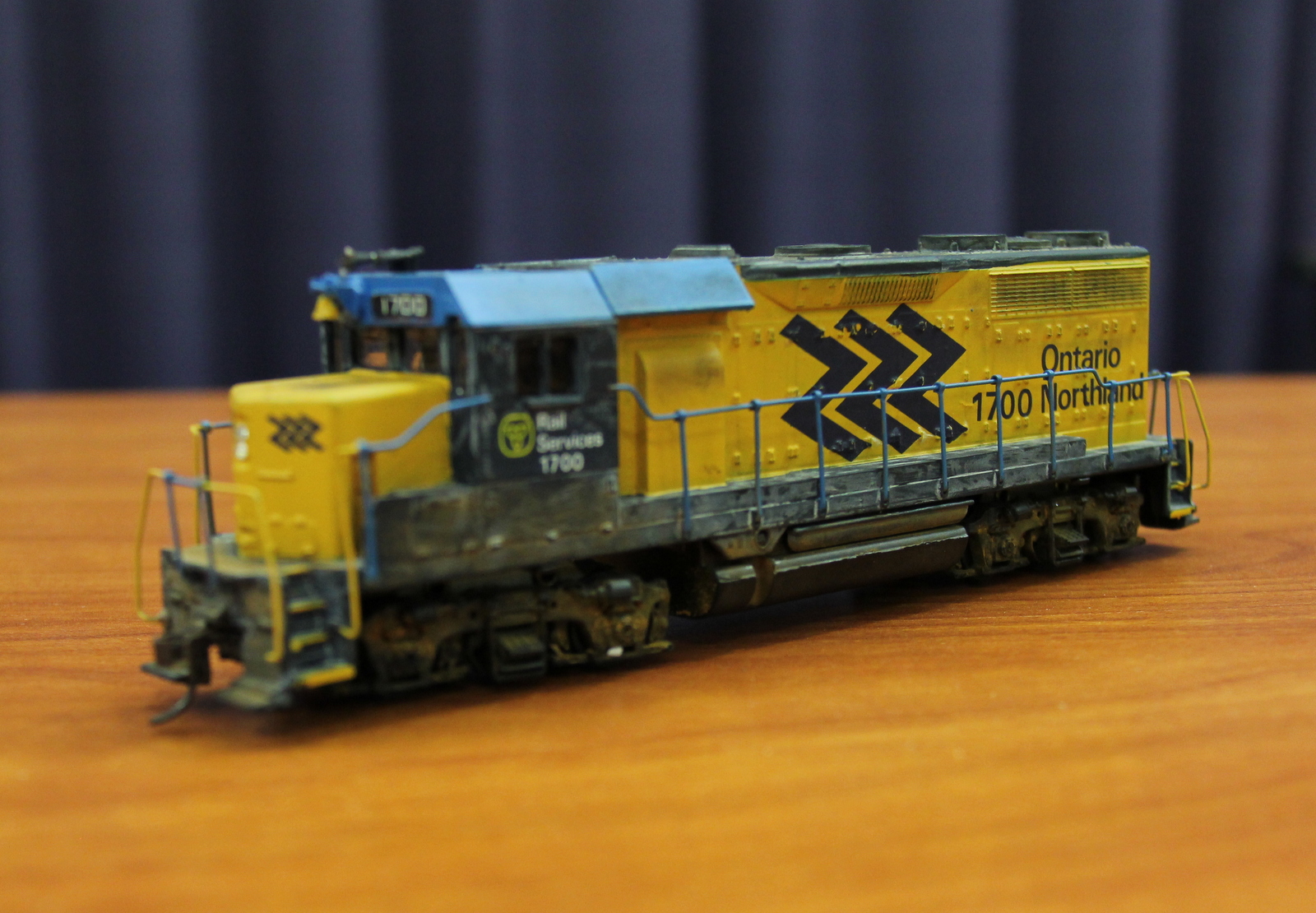











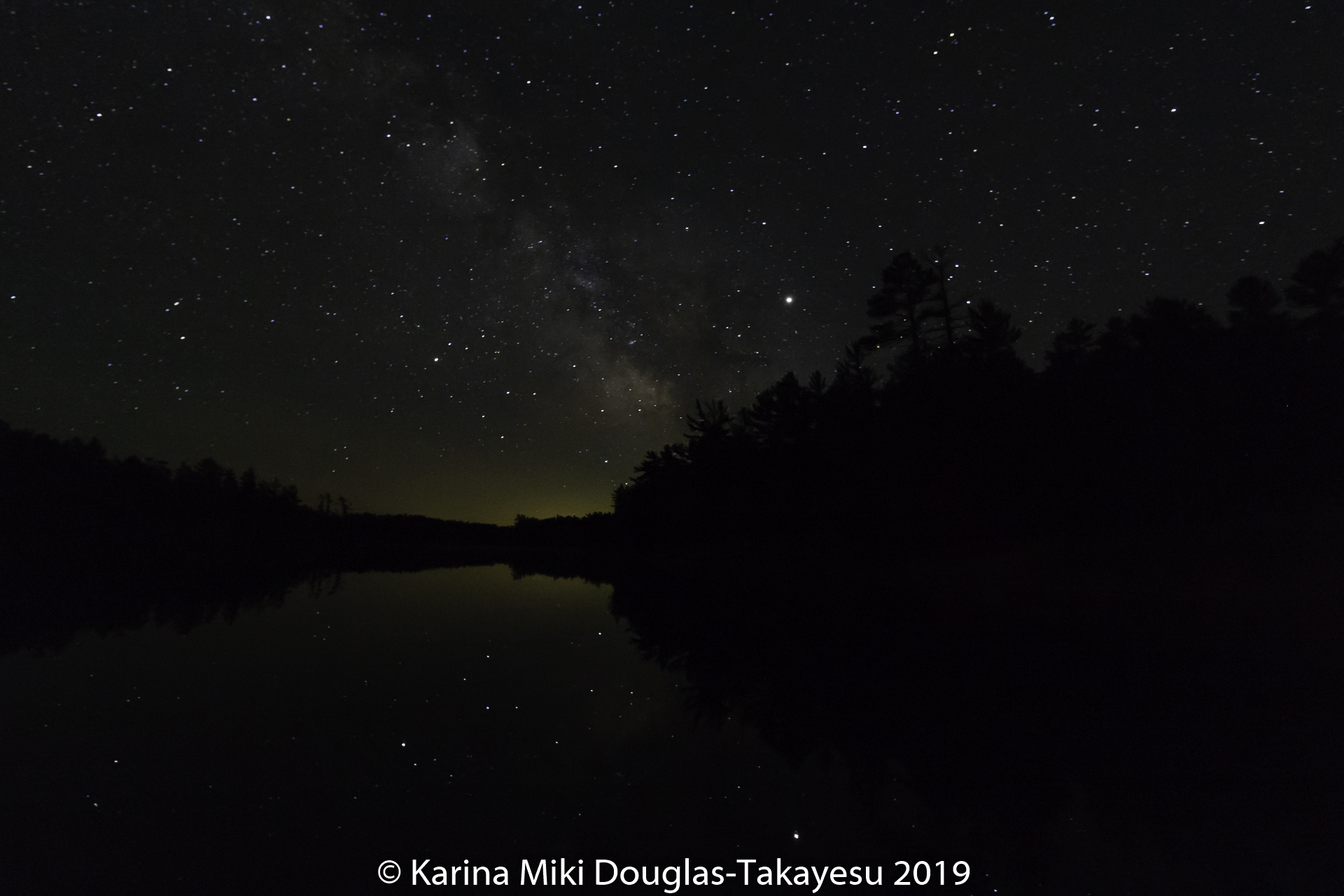






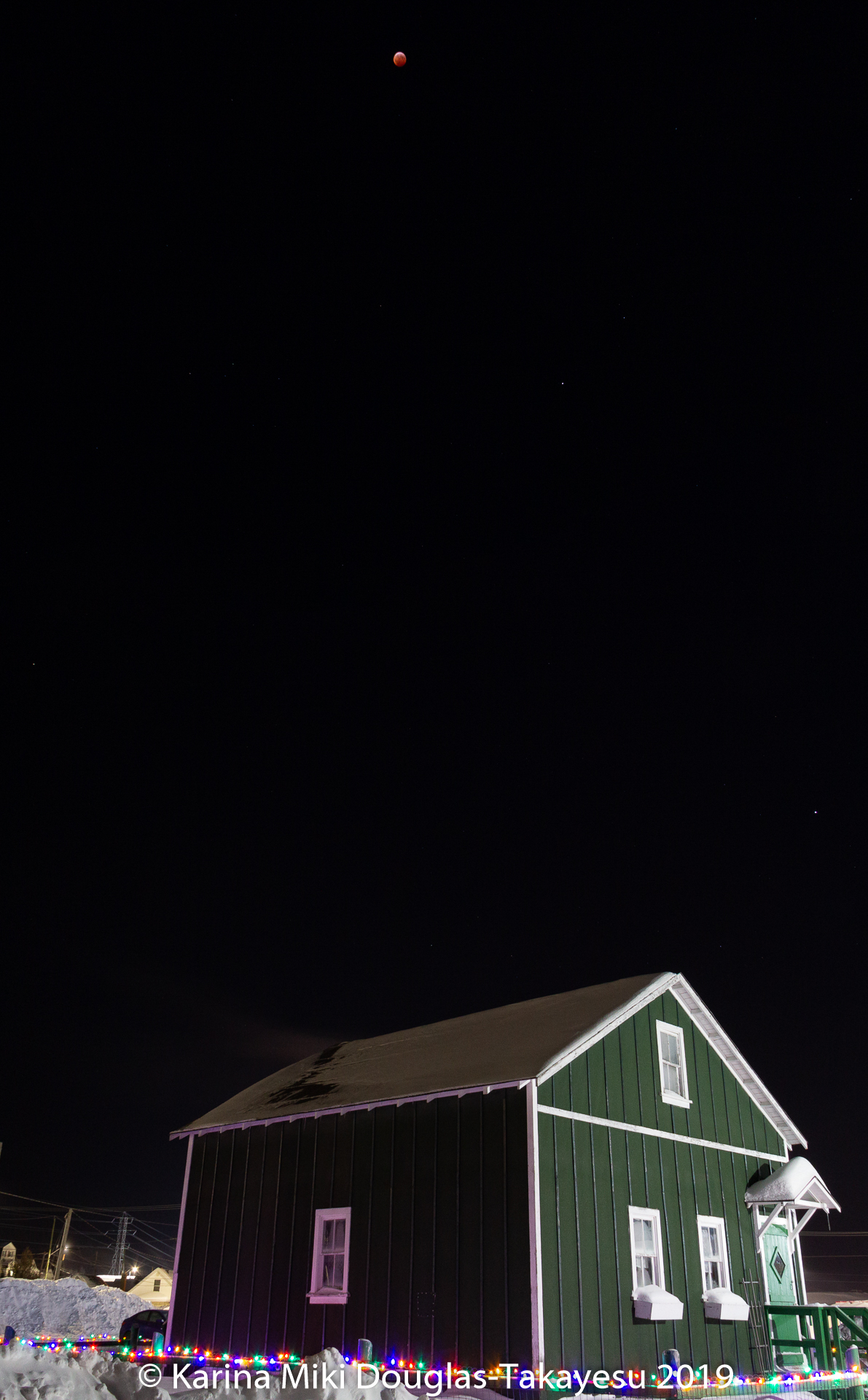
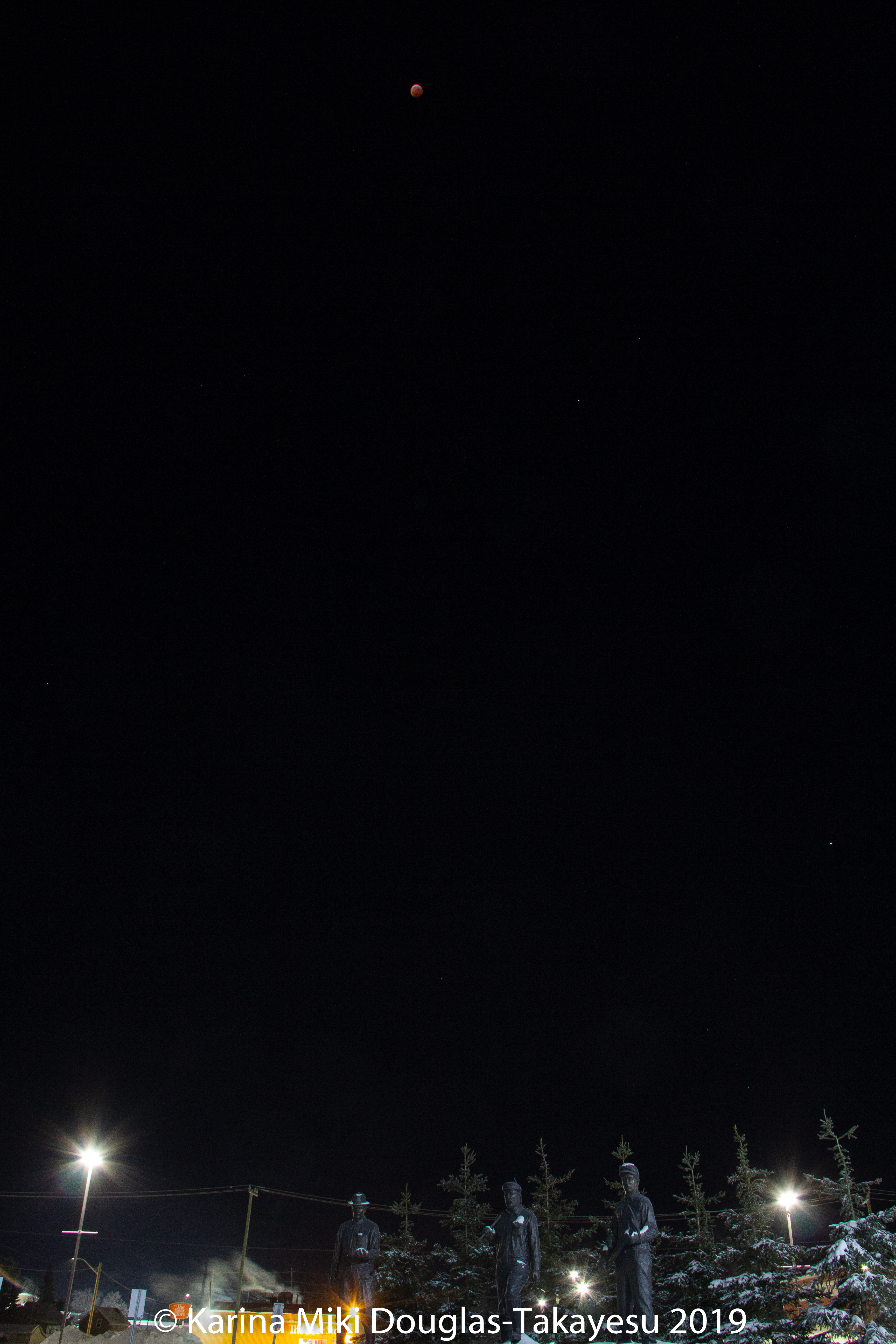
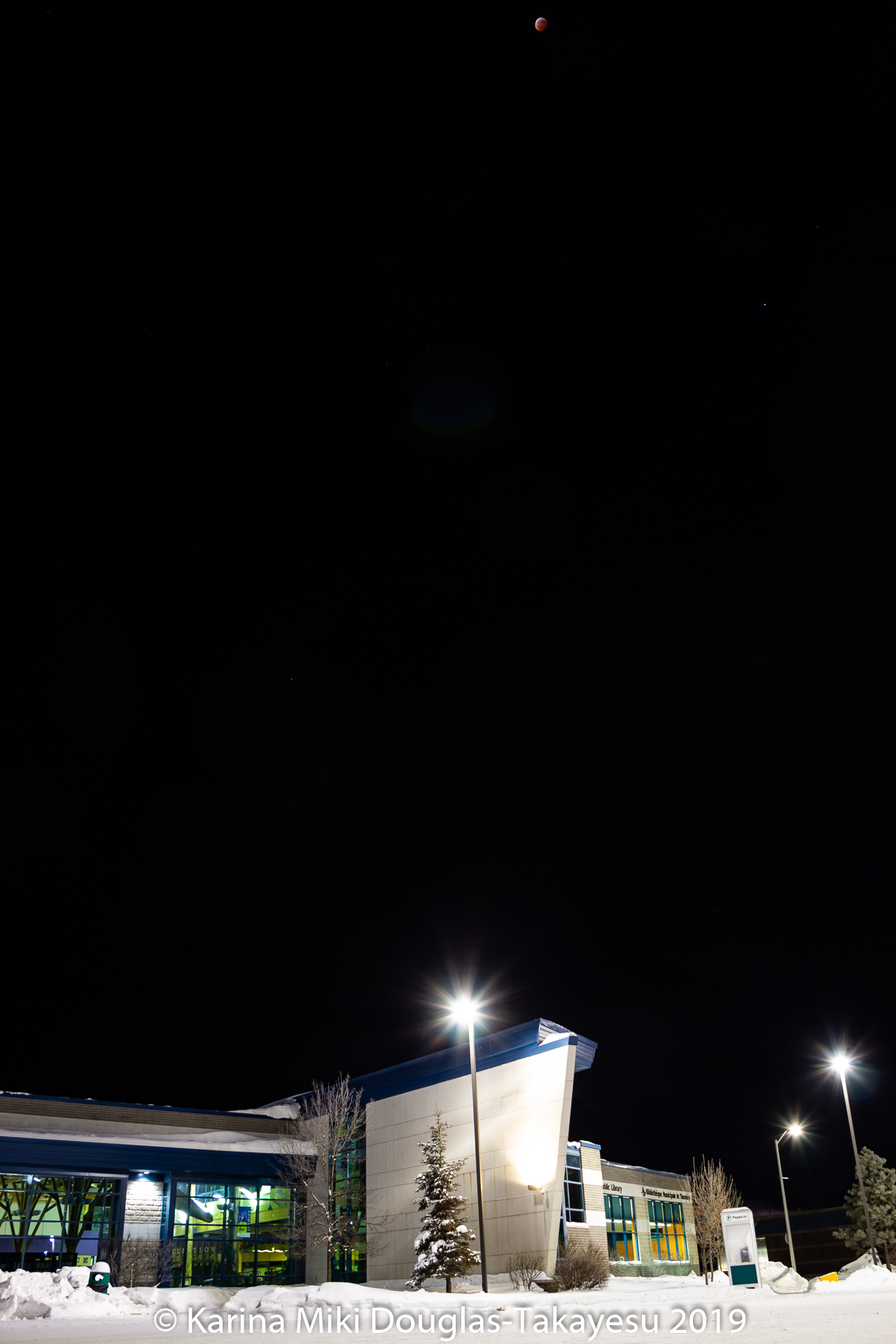

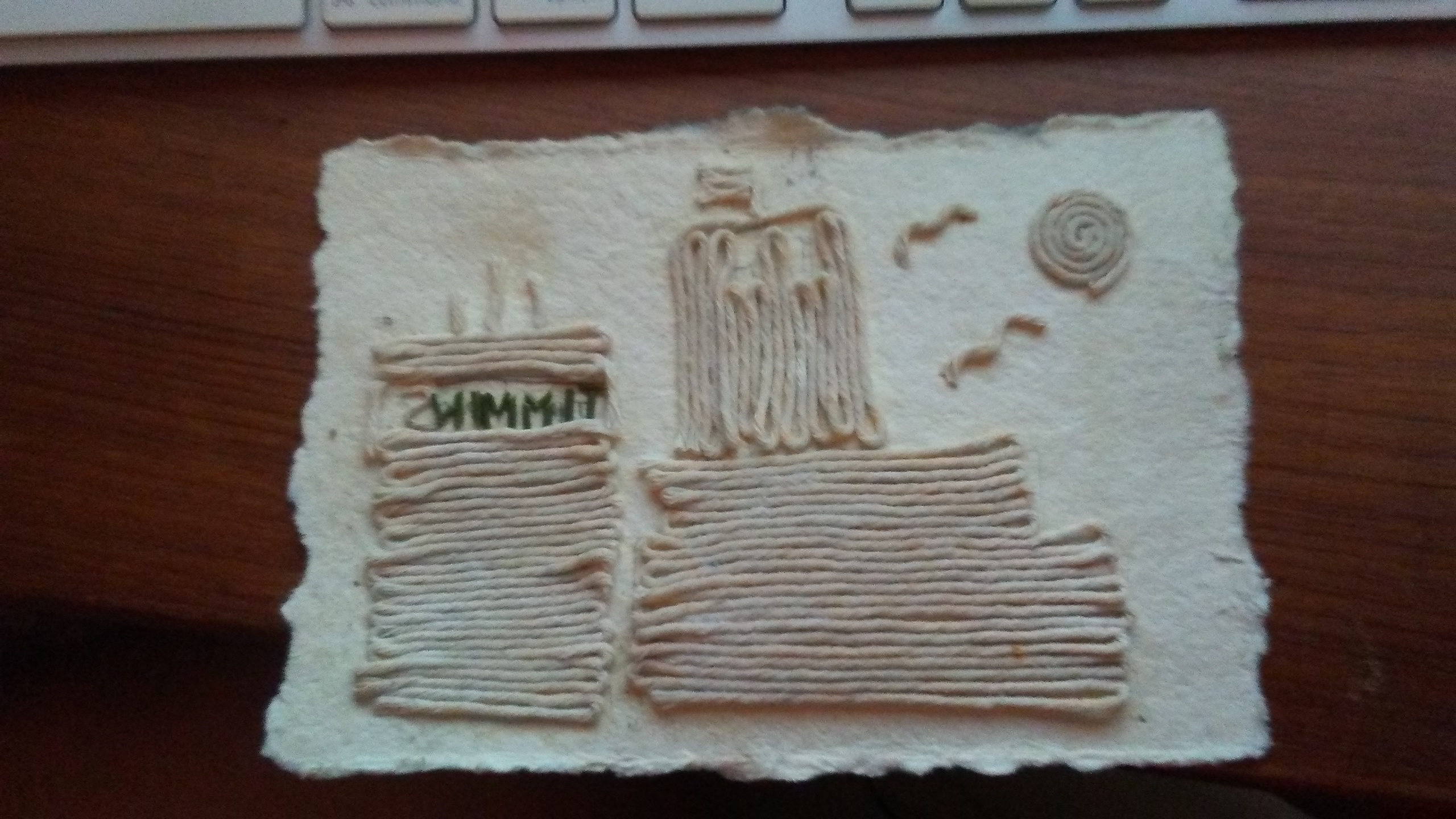

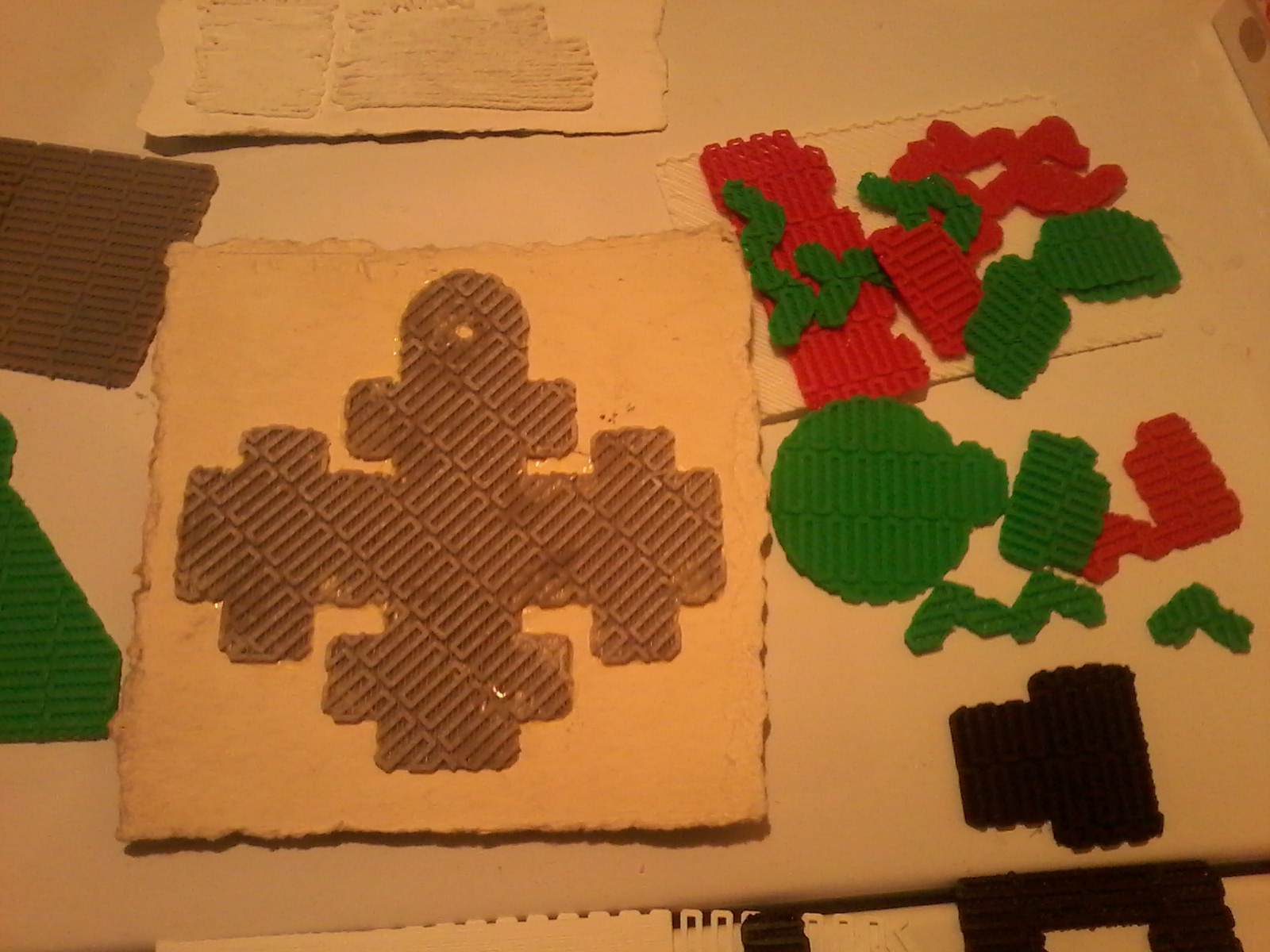


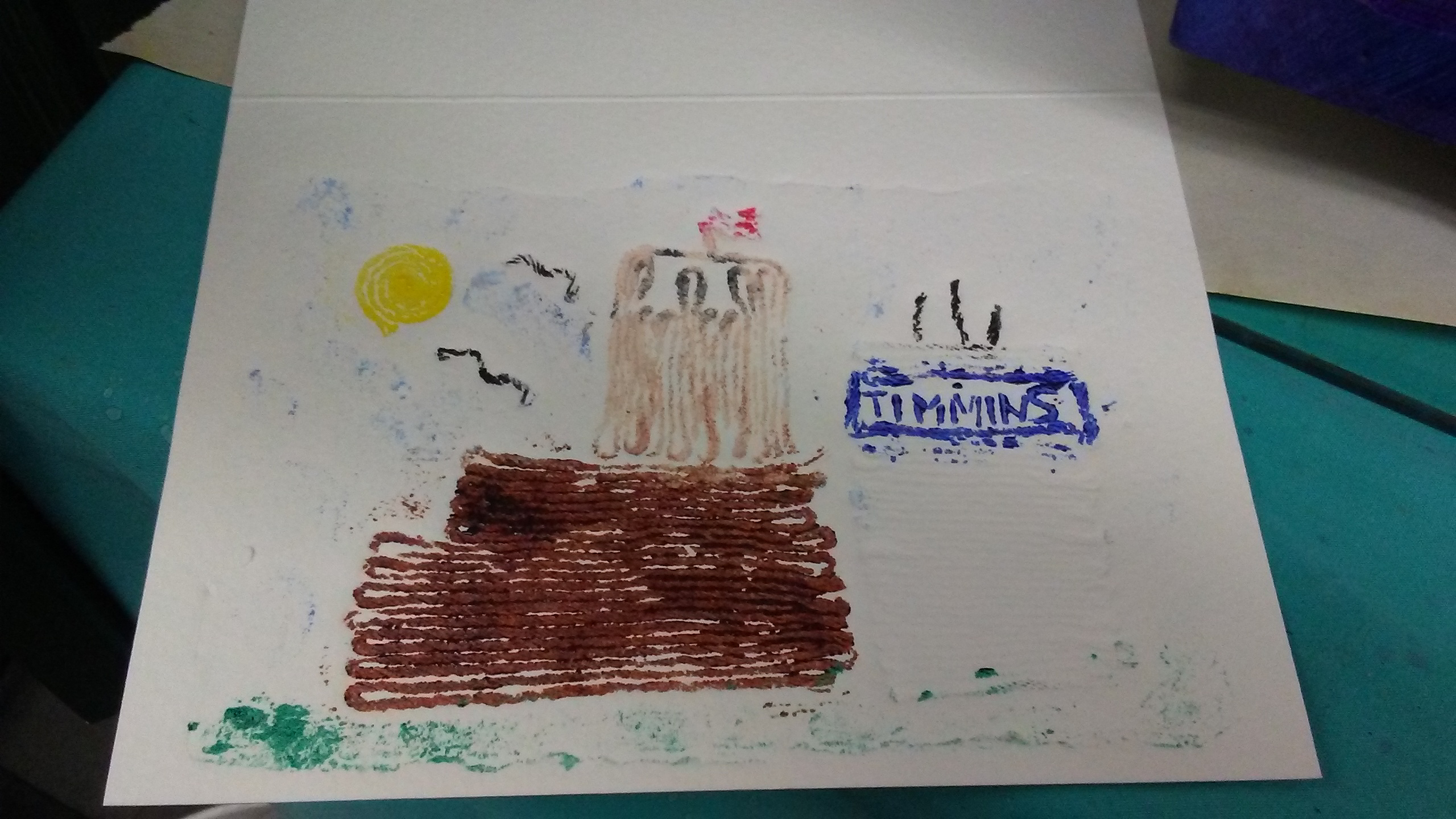

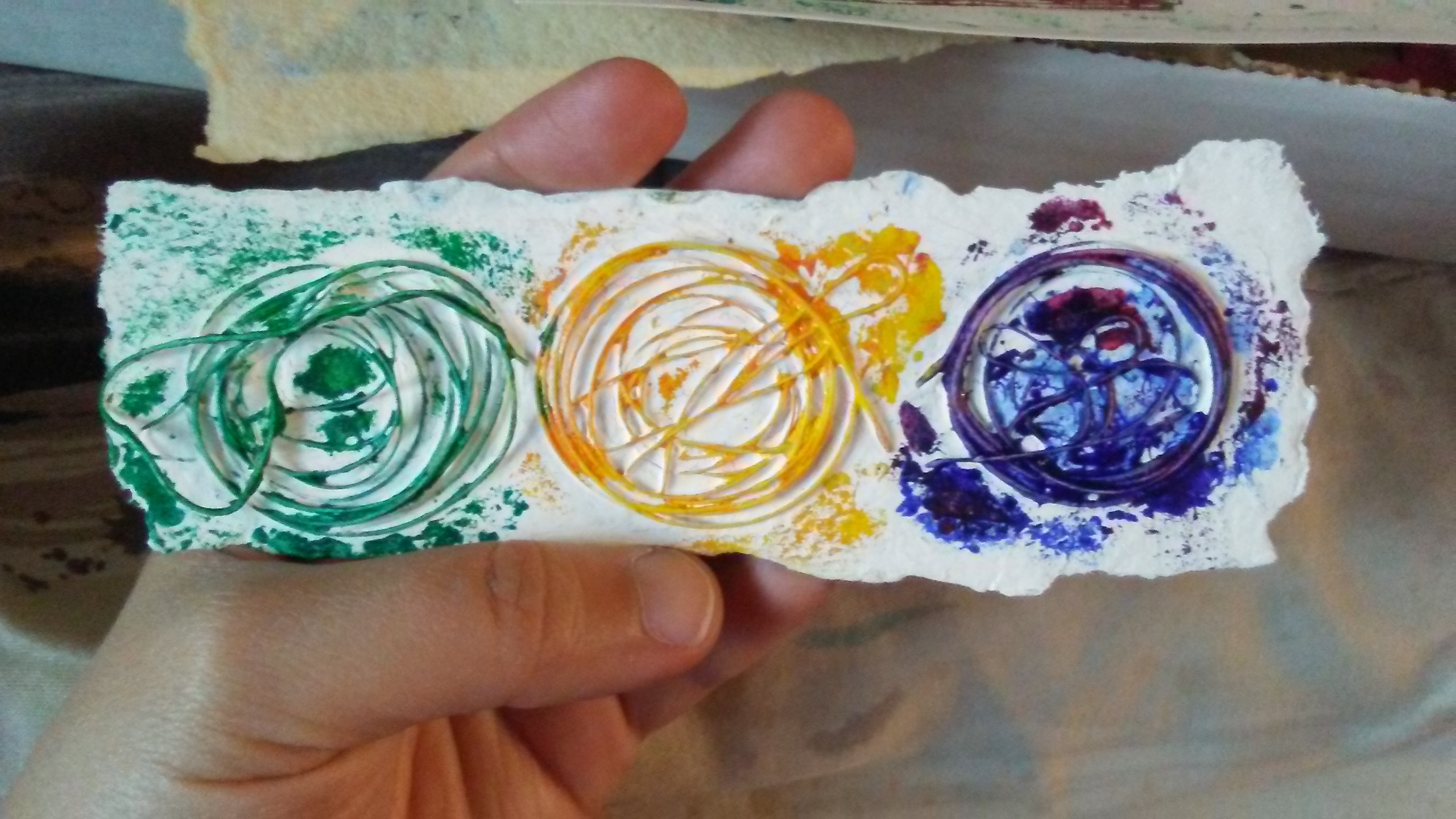

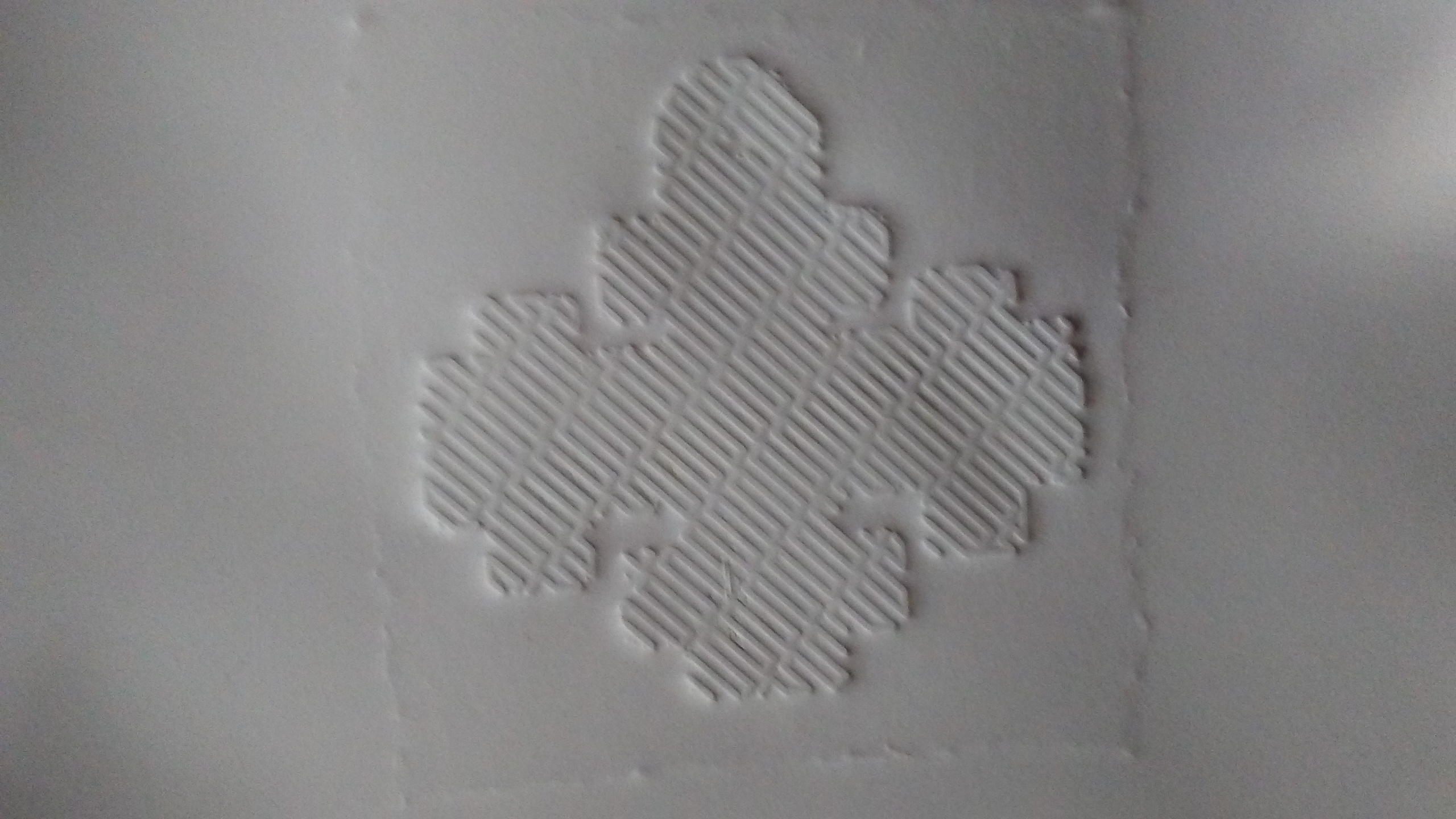

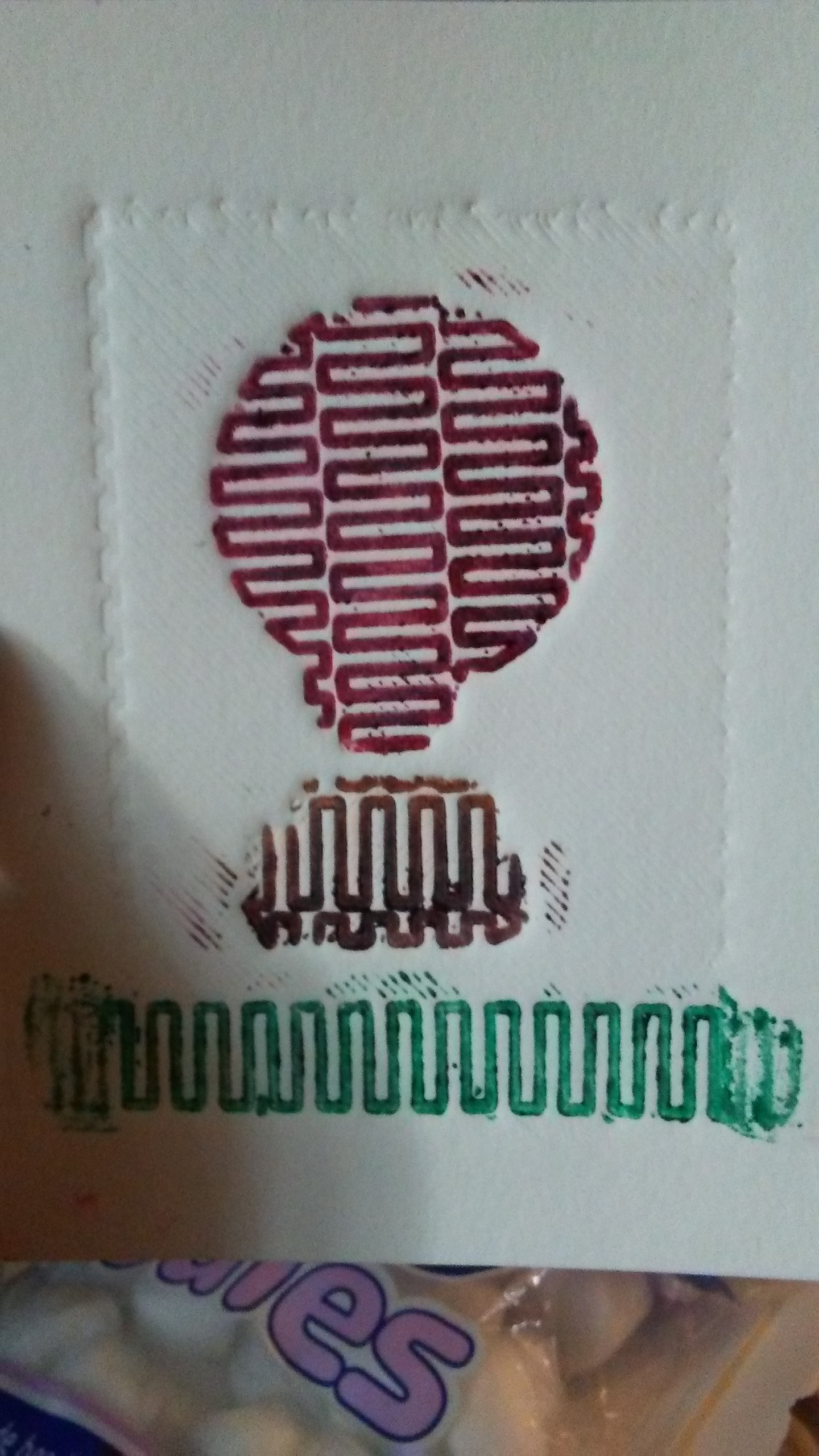
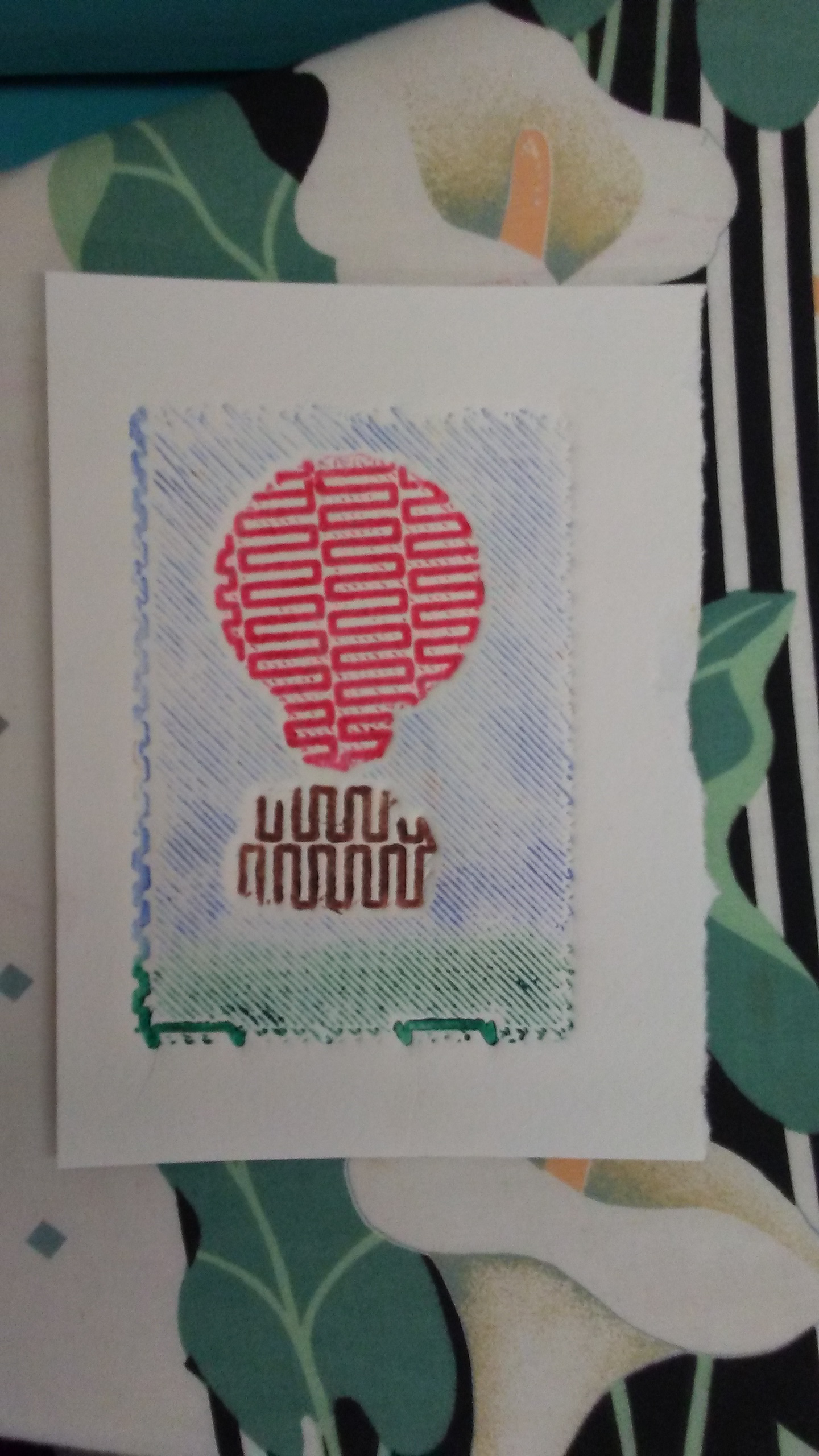
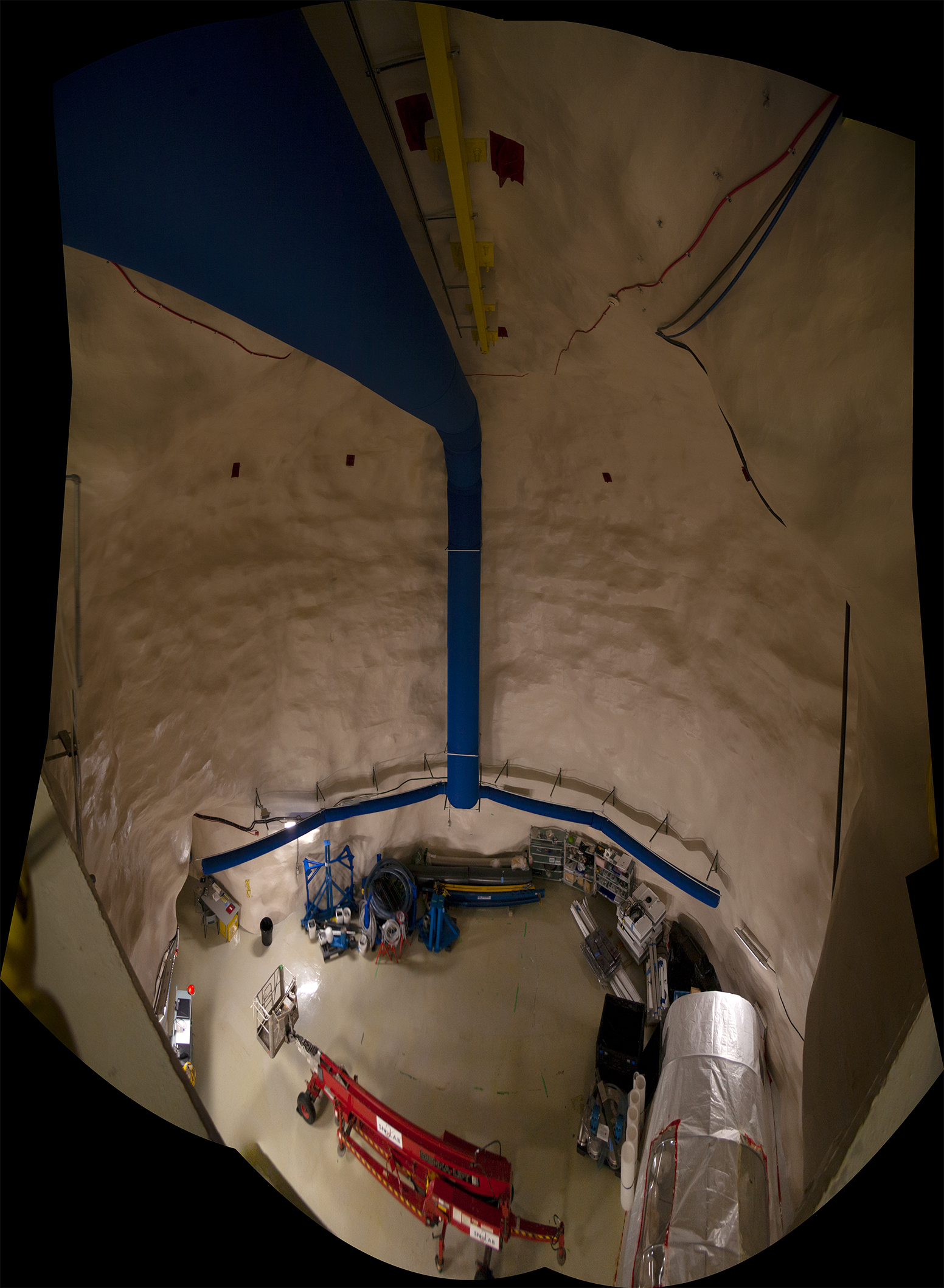

 This is a free-from, hand-built stoneware piece I made in Linda Guiho’s pottery studio on January 30, 2018. The scene is a robin on the edge of her nest with one egg and a hatchling (not seen from this angle), which sits in an egg (approximately to scale with an actual robin’s egg) on a stand. The model is resting on my knee in this picture with a quarter for scale. I photographed this with a tablet that has a low-resolution, non-focusing camera.
This is a free-from, hand-built stoneware piece I made in Linda Guiho’s pottery studio on January 30, 2018. The scene is a robin on the edge of her nest with one egg and a hatchling (not seen from this angle), which sits in an egg (approximately to scale with an actual robin’s egg) on a stand. The model is resting on my knee in this picture with a quarter for scale. I photographed this with a tablet that has a low-resolution, non-focusing camera.







